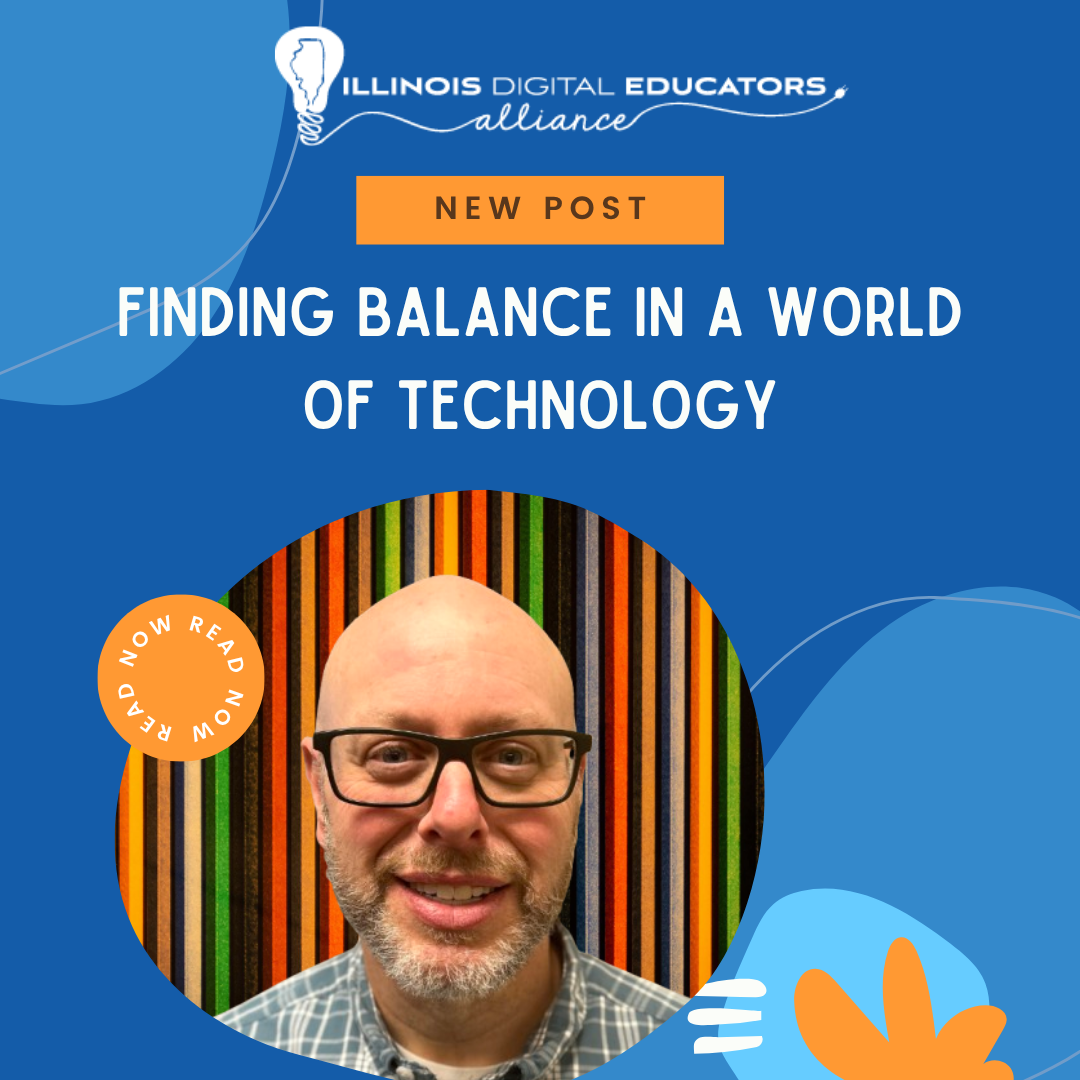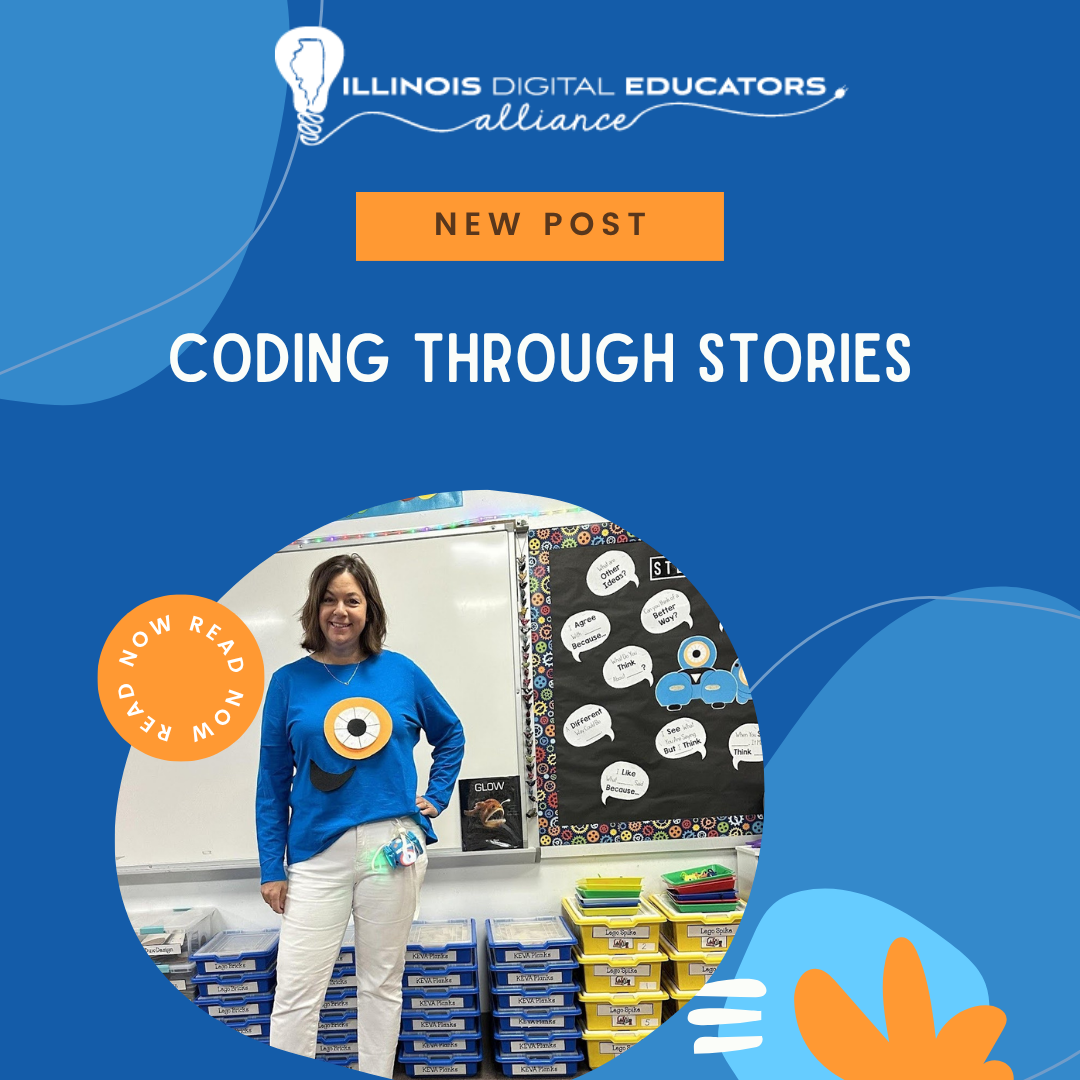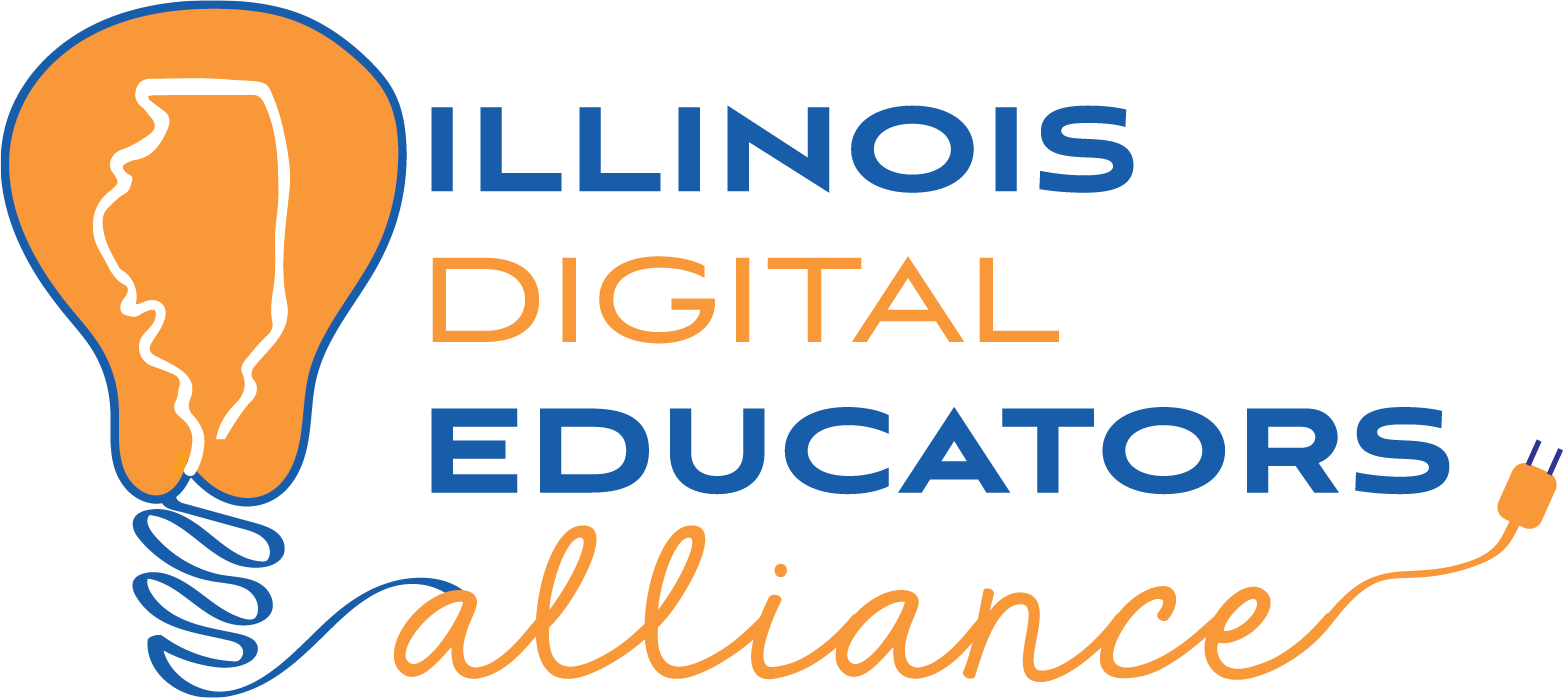Who is Your Classroom Set Up For?
As an avid reader, I often find myself immersed in books that make me think. Whether it's fiction or non-fiction, certain books have a way of challenging my perspectives in profound ways. Recently, I finished reading Quiet by Susan Cain, and it instantly joined the ranks of the most impactful books I've ever read. But what makes a book truly impactful? For me, it's when it forces me to rethink my assumptions and view the world differently. Quiet did exactly that.
For most of my life, I’ve thrived in social settings, loving the opportunities to speak in front of others and, quite frankly, being the center of attention. But Quiet opened my eyes to a reality I had never thought much about. Society, particularly in the United States, is much more friendly to the extroverted personality style. Cain talks about this as the default viewpoint. We often celebrate and encourage behaviors that align with extroverted ideals—speaking up, being outgoing, and thinking on your feet—while undervaluing the strengths of quieter, more introspective individuals. For me, this realization was nothing short of eye-opening. However, it shouldn’t have been. I’m an extrovert, married to an introvert, with introverted kids. How was I not able to see what it was like to be an introvert in an extrovert world?
Reflecting on this, I couldn't help but remember my early days as an educator. Between 1987 and 1991, during my training as a social studies teacher, there was a strong push to develop extroverted qualities in students. Being a good citizen meant you could speak up, engage in debates, and assert your own opinions. Naturally, I embraced this approach in my teaching. My classroom was set up to cater to extroverts, where participation often meant speaking out in discussions, engaging in debates, and delivering presentations.
I even implemented something I called the PEA grade—standing for participation, effort, and attitude—which made up 20% of a student's overall grade. My intent was positive: I wanted to encourage students to be active participants, to engage with the material, and to demonstrate their commitment through effort and a positive attitude. At the time, I believed this approach would motivate all my students to succeed.
However, looking back 34 years later, I realize that my well-intentioned approach may not have been as inclusive as I thought. My classroom, designed with extroverts in mind, likely wasn't a comfortable space for my introverted students. The emphasis on participation through speaking up and the fast-paced nature of debates may have unintentionally marginalized those who needed more time to process their thoughts or preferred to express themselves in different ways.
It saddens me to think that I might not have reached some students as effectively as I could have because they weren't comfortable participating in the way my classroom was structured. My focus on quick thinking and spontaneous debate, while beneficial for some, may have left others feeling unseen or undervalued. This realization has led me to reconsider what it means to participate in a classroom and how I, as a technology/instructional coach, can help others create an environment that supports all students, regardless of their personality type.
Today, I believe it's essential to design classrooms that encourage introverts to share their ideas in authentic ways that feel more comfortable while also helping extroverts appreciate the value of thoughtful, deliberate communication. For instance, providing opportunities for written reflections or small group discussions can allow introverted students to contribute in ways that play to their strengths. Meanwhile, encouraging extroverts to step back and listen more actively can help them develop a deeper understanding of the material and their peers' perspectives.
As educators, we must continuously learn, reflect, and adapt our teaching practices to ensure that our classrooms are inclusive spaces where all students can thrive. This means challenging our assumptions and being mindful of the diverse ways students engage with learning. So, I leave you with this question: Who is your classroom set up for? Are you creating an environment where every student—introverted or extroverted—feels valued and able to contribute?

Don Sturm is starting his 34th year in education. He was a high school social studies teacher for 23 years before becoming the technology integration specialist for Morton CUSD#709. While he is passionate about all things education, his main interest is helping educators reflect on their classroom practices. He is the co-host of two podcasts, Through the Educational Looking Glass, which focuses on teaching and learning, and CareU, which focuses on helping those raising kids be more intentional in their practices.
Don has been married for 36 years and has two grown children. He loves to travel and read.




